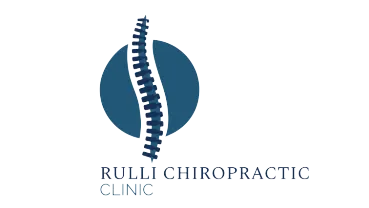Trivia fact:The sciatic nerve is the longest (and thickest) nerve in the body.The sciatic nerve runs from the lower back through the buttocks
and down the back of each leg.It controls the muscles of the lower leg and provides sensation to the thighs, legs and soles of the feet.

Symptoms:The most common symptom of sciatica is pain that radiates from the lower back into one buttock and frequently down the back of one leg.The pain follows the path of the sciatic nerve.So depending on the cause of the nerve irritation, patients can feel pain at any point along this long nerve.The intensity of the pain varies dramatically from a dull ache to sharp or almost electrical-like shocks.Some patients also report a tingling or pins and needles feeling, often in the foot and numbness or muscle weakness in the affected leg or foot.
Pain from sciatica often begins slowly, gradually intensifying over time.The pain can worsen after prolonged sitting, sneezing, or coughing.Usually only one leg and/or foot is affected.
Diagnosis: To help diagnose sciatica, your doctor will ask about your medical history.Particular consideration is paid to any chronic health issues,
activities that lessen or intensify your pain, recent injuries, your current health status, an
Sometimes, your doctor will recommend x-rays of your lower spine to help identify the cause of your sciatica.In severe cases, MRI or CT scans can be used to better visualize the cause of the problem and to rule out a more serious condition.
Treatment: Fortunately, most cases of sciatica respond very well to conservative care, like chiropractic.Remembering that sciatica is a symptom, treatment plans often vary depending on the underlying cause of the problem.
Chiropractic offers a non-invasive (non-surgical), drug-free treatment option.The goal of chiropractic care is to restore spinal movement, resulting in an improvement of function while decreasing pain and inflammation.Your chiropractic treatment plan may use several different treatment methods, including spinal adjustments, ice or heat therapy, ultrasound, electrical muscle stimulation and rehab exercises.
More aggressive treatments can include prescription drugs, epidural steroid injection, and surgery.
Prevention:It is not always possible to prevent sciatica or your symptoms may reoccur.However, there are steps you can take to protect your back and your spinal health.
Maintain a healthy diet and weight
Exercise regularly
Maintain proper posture
Avoid prolonged inactivity or bed rest
Do not smoke
Use good body mechanics when lifting
